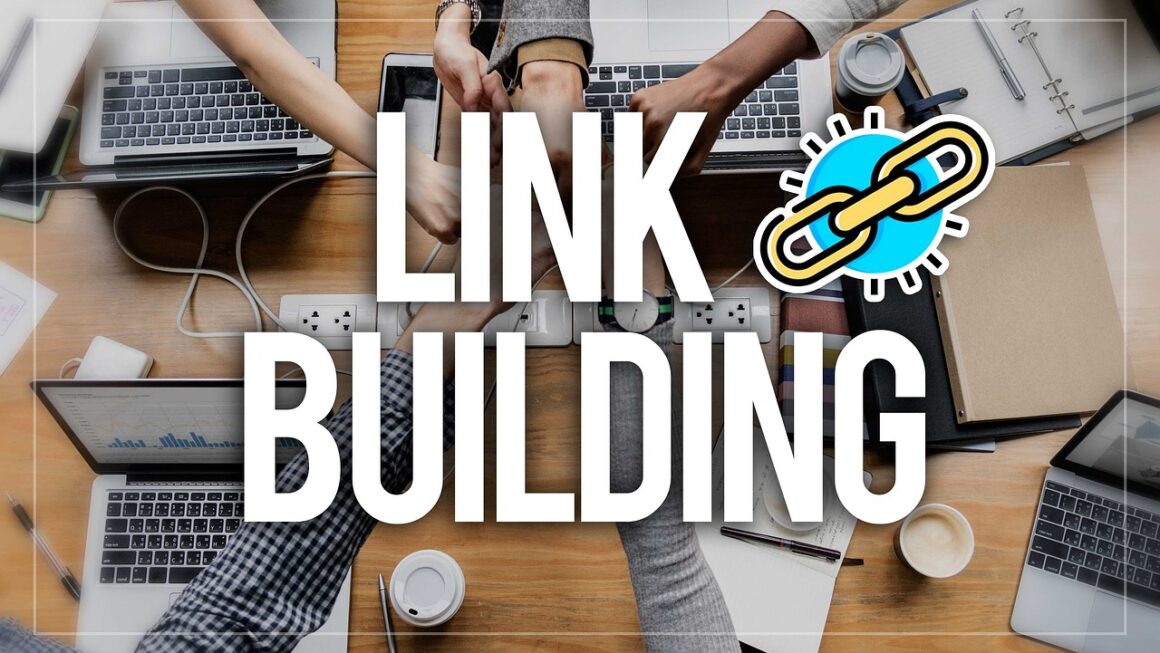Imagine a world where your online ads are shown only to the people most likely to be interested in your product or service. No more wasted ad spend targeting the wrong audience. This isn’t a futuristic fantasy; it’s the reality of AI-powered ad targeting. By leveraging the power of artificial intelligence, businesses can now reach their ideal customers with unprecedented precision, driving better results and maximizing their marketing ROI. Let’s explore how AI is revolutionizing the world of digital advertising.
The Power of AI in Ad Targeting
Understanding AI-Driven Ad Targeting
AI-driven ad targeting uses machine learning algorithms to analyze vast amounts of data about user behavior, preferences, and demographics. This allows for the creation of highly specific audience segments, ensuring ads are delivered to the most receptive individuals. Unlike traditional methods that rely on broad demographic categories, AI dives deeper to identify patterns and predict which users are most likely to convert.
- It analyzes online behavior like browsing history, search queries, and social media activity.
- It processes demographic data, including age, gender, location, and income.
- It considers psychographic factors, such as interests, values, and lifestyle.
Benefits of Using AI for Ad Targeting
The benefits of implementing AI in your ad targeting strategy are numerous. From increased conversion rates to improved ROI, AI can transform your advertising campaigns.
- Improved Conversion Rates: By showing ads to the right people at the right time, AI drastically increases the likelihood of conversions.
- Reduced Ad Spend: Eliminates wasted ad spend on irrelevant audiences, optimizing your budget for maximum impact.
- Enhanced Customer Experience: Delivers ads that are relevant and personalized, leading to a better overall experience for potential customers.
- Scalability: Easily scales ad campaigns based on performance and adapts to changing market conditions.
- Deeper Insights: Provides valuable insights into customer behavior and preferences, helping you refine your marketing strategies.
How AI Algorithms Work in Ad Targeting
Machine Learning Models
AI algorithms rely on machine learning models to analyze data and predict user behavior. These models continuously learn and improve as they are exposed to more data, ensuring your ad targeting becomes increasingly accurate over time. Several types of machine learning models are commonly used, including:
- Supervised Learning: Uses labeled data to train algorithms to predict outcomes, such as whether a user is likely to click on an ad.
- Unsupervised Learning: Identifies patterns and clusters within unlabeled data, helping to discover new audience segments.
- Reinforcement Learning: Trains algorithms to make decisions based on feedback from the environment, optimizing ad placement and bidding strategies.
Natural Language Processing (NLP)
NLP enables AI to understand and interpret human language, allowing it to analyze text-based data such as social media posts, reviews, and search queries. This provides valuable insights into user sentiment and preferences, enabling more precise ad targeting.
- Analyzing social media posts to identify trending topics and user interests.
- Understanding customer reviews to gauge sentiment towards products and services.
- Processing search queries to determine user intent and match ads accordingly.
Predictive Analytics
Predictive analytics uses historical data and statistical techniques to forecast future outcomes. In ad targeting, this allows AI to predict which users are most likely to convert based on their past behavior and characteristics.
- Predicting which users are most likely to purchase a product based on their browsing history.
- Forecasting the optimal time to display an ad to maximize click-through rates.
- Identifying high-value customers who are likely to make repeat purchases.
Implementing AI Ad Targeting: Practical Steps
Data Collection and Preparation
The foundation of successful AI ad targeting is high-quality data. Gathering and preparing your data is crucial for training accurate and effective machine learning models.
- Collect first-party data from your website, CRM, and email marketing campaigns.
- Integrate third-party data from reputable sources to enrich your customer profiles.
- Clean and preprocess your data to remove errors and inconsistencies.
- Segment your data into relevant audience segments based on demographics, behavior, and preferences.
Choosing the Right AI Tools
Several AI-powered ad targeting tools are available, each offering unique features and capabilities. Select the tools that best align with your business goals and technical expertise.
- Google Ads Smart Bidding: Automatically adjusts your bids based on machine learning predictions.
- Facebook Ads Manager: Offers AI-powered audience targeting options based on user interests and behavior.
- Amazon Advertising: Uses AI to optimize product ads and reach relevant shoppers on Amazon.
- AdRoll: Provides AI-powered retargeting solutions to re-engage website visitors.
Testing and Optimization
Continuous testing and optimization are essential for maximizing the effectiveness of your AI ad targeting campaigns. Experiment with different audience segments, ad creatives, and bidding strategies to identify what works best.
- A/B test different ad creatives to determine which ones resonate most with your target audience.
- Monitor key performance indicators (KPIs) such as click-through rate (CTR), conversion rate, and cost per acquisition (CPA).
- Adjust your targeting parameters based on performance data to continuously improve your results.
- Example: Run A/B tests with different ad headlines and images to see which combination yields the highest CTR for your target audience.
Examples of Successful AI Ad Targeting Campaigns
E-commerce: Personalized Product Recommendations
An e-commerce company uses AI to analyze customer browsing history and purchase patterns to provide personalized product recommendations in their ads. This results in a significant increase in click-through rates and conversions. For instance, if a customer frequently views running shoes, the ads will showcase new running shoe models or accessories.
Travel Industry: Dynamic Pricing and Targeted Offers
A travel agency uses AI to dynamically adjust pricing and offer personalized deals based on user behavior and travel preferences. This helps them attract price-sensitive customers and increase booking rates. If a user searches for flights to a specific destination multiple times, the agency might offer a discounted rate or a special package deal.
Automotive: Identifying High-Intent Buyers
An automotive manufacturer uses AI to identify potential buyers who are actively researching vehicles online. This allows them to target these users with relevant ads and special offers, leading to increased sales. They analyze search queries, website visits to competitor sites, and participation in online forums to identify these high-intent buyers.
Conclusion
AI ad targeting is no longer a luxury; it’s a necessity for businesses looking to stay competitive in today’s digital landscape. By harnessing the power of AI, you can reach your ideal customers with unprecedented precision, drive better results, and maximize your marketing ROI. Embrace the future of advertising and unlock the full potential of your campaigns with AI-driven ad targeting. Remember to focus on data quality, choose the right tools, and continuously test and optimize your strategies for maximum impact.




